Debutify is one of the highest converting free Shopify themes.
Jump To
How To Make Money On Shopify Step By Step
Thinking about building a profitable online business earning at least thousands of dollars month in month out?
You have probably heard of Shopify.
It is a platform providing you with all the tools you to build an e-commerce store.
Building the online store alone though is not enough. You need products to sell.
In this article, I’ll show you how to make money on Shopify with Shopify stores examples.
In the meantime, if you want to experience Shopify first hand, check out the link below.
Start Your Free 14 Day Shopify Trial Here
Let’s Have A Look At How To Make Money On Shopify
What Is Shopify?
If you are more advanced and are already familiar with Shopify, skip to the next section.
In this section, I am going to explain what Shopify is and how it works.
Shopify is an all in one e-commerce platform providing you with all the powerful tools you need to attract customers, make sales and manage your day to day operations.
Such activities can be time consuming and intimidating for small business owners making them feel overwhelmed. Shopify can help streamline them.
Here is a list of what it can help you with:
- Create an e-commerce store (it comes with pre-designed themes)
- Build product listings
- SEO optimized store
- Shopping cart set up
- Credit card transactions management
- Email automation for cart abandonment
- Automatic sales tax collection
- Fulfilment management
- Capability to offer discounts, coupons, sales and gift cards
- Insightful analytics report
- Mobile responsiveness
Shopify is a hosted platform. You can create your online store there directly. Alternatively, you can point your domain to it or add a blog section using Shopify’s content management feature.
With Shopify Lite, embeddable products can be added to your Facebook Page or website build on WordPress, Weebly, Wix and Squarespace.
In short, it helps you sell products online.
Don’t mistake Shopify for a marketplace like Amazon, Etsy or eBay.
Shopify Business Ideas To Make Money Online
The most crucial decision you will ever make to make money on Shopify is to determine which business model to select.
The best thing to do is to choose a proven business model that others have already used successfully. There is no need to reinvent the wheel.
Here are the most popular strategies to use to make money on Shopify.
Selling Physical Products With Shopify
Selling physical goods with Shopify is by far the most popular strategy.
Creating an online store to sell physical goods is a pain.
Fortunately, as Shopify offers pre-built themes you just have to plug in your products and you are good to go.
You might be wondering why not sell your products with Amazon FBA instead and choose Shopify over it. Besides, in both cases, you get access to an e-commerce platform and pay a monthly subscription fee when selling decent product volumes.
Amazon is the leader when it comes to traffic but there is a lot of competition. You also have limited control over things like setting up product listings or using your branding.
And it doesn’t end there. As you have limited brand loyalty, it is extremely easy for potential buyers to click on a competitor’s product instead.
On the Shopify platform on the other hand, you are building your own store allowing you to build a strong brand loyalty. You can also run a blog, collect email addresses and drive organic traffic to your store.
Overall, you have a lot more control over your online store.
Plus, you can run your Shopify store and at the same time sell your Shopify product on Amazon as well.
There are two very popular ways to sell physical products online with Shopify. These are dropshipping and print on demand. The, there is also flipping retail products.
Let’s examine them all.
Dropshipping Physical Products
You might be familiar with dropshipping as dropshipping on eBay is quite popular.
In case you haven’t, dropshipping involves physical product fulfillment for online orders. This is a great option, if you don’t have your own warehouse to store the products.
You basically, sell someone else’s products online and they fulfill the orders. You focus more on sales and marketing and let the manufacturers deal with manufacturing and shipping.
Your strategy when it comes to dopshipping on Shopify, should be to find distributors of high priced physical products and sell them. To promote them, you can produce SEO optimized content and run Google ads campaigns.
Expenses are minimal when you start. They involve your Shopify subscription and paid ads. As you grow, you could hire someone to do the product uploading and customer service for you.
Your margins will be lower compared to what they would be if were to do the fulfilling yourself and you rely heavily on the manufacturers and suppliers but on the other hand, we are talking about a low capital investment.
Print On Demand
Watch our video tutorial on how to start a print on demand business from scratch in 2024:
The main benefit of print on demand is that you have limited upfront costs as you don’t need to hold inventory. You fulfill order as they come in.
The logic behind it is similar to that behind dropshipping. The difference is in the product offering.
If you get into print on demand, you can integrate a print on demand service such as Printful with your Shopify store.
Here is how it works:
- List the products you sell on your online store
- You receive a customer order
- Your online store forwards your customer’s order to your print on demand service
- Your print on demand service fulfills the order
- You make a profit
You can use print on demand for all products that can be printed by either customizing existing products or creating your own.
Here are some examples of products you can sell:
- T-shirts
- Mugs
- Baseball caps
- Books
- Art
- Tote bags
- Accessories
It is relatively easy to get started as you have passed all the risk of holding inventory that might not get sold to a third party.
What is great about Shopify when it comes to print on demand is that you can do A/B testing to determine which idea sells better. You only need to invest the money and time needed to create your different designs.
No one else will have the same designs as you. They are unique allowing you to create a niche for yourself.
Flipping Retail Products
Have you heard of the term retail arbitrage? You might be familiar with it from Amazon FBA or eBay.
Essentially, arbitrage means flipping. You can buy everyday items and flip them on your Shopify store to make a profit.
Here is how it works. Pick a chain retail store like Walmart, GameStop, Home Depot, Target, Ross or Staples. You can even pick an online marketplace like eBay or Craigslist. Identify products that are on sale at a price that is lower that what it should be. You can focus on sales or clearance to find such opportunities and purchase them in bulk. These items can sell at a higher price on your store.
This is how the arbitrage process works.
It is a good idea not to flip every single suitable product you find. Focus on a handful of product categories depending on the areas you focus on. This will help you familiarize yourself with product costs in these areas, being able to spot deals instantly. Also, your customers will associate your brand with these same areas.
Flipping retail products comes with higher risk than dropshipping or print on demand. You have to do everything. You have to do the sourcing, keep inventory, do the pricing and selling and fulfill the orders.
But if you are good at it, you can make huge amounts of money as you have control over everything and don’t rely on third parties.
If you are not good at it however, you might end up storing unsold inventory, seeing your money tied up to it.
Retail arbitrage requires a lot of work in all areas but if you decide to go for it, Shopify is a great platform to build your online store and sell your products.
Productized Services
If you are not interested in physical products, you can use Shopify to sell productized services such as SEO services, freelance web design, consulting or online courses.
The way to do it, is to have each service level correspond to a different SKU. If you are selling consulting for example, you could sell 30 mins, 1 hour or 2 hours worth of consulting to a buyer. The buyer in this case has 3 options to choose from. Each options, will come at a different price and will be treated as a different product in Shopify.
If your productized services are not standardized, you can still sell custom services with Shopify although, it might make more sense selling them via a WordPress site.
Here is an example. Imagine selling web design services giving custom quotes. You might want potential buyers to schedule a call with you. You could set up a call to action button on your WordPress site using a page builder. Then, link the button to Calendly or any other scheduling service, allowing buyers to automatically schedule their calls with you. You don’t really need Shopify for this.
Another option is to use Shopify to sell free online classes as your product and do lead generation this way. Shopify doesn’t force to charge a price, you can simply select $0. Just remember to switch off shipping!
Digital Products
Shopify makes selling digital products easy. They could be someone else’s or your own.
Your expenses are fixed. You don’t need to worry about inventory.
Here are some ideas of digital products you could sell:
- eBooks
- Apps
- Online courses
- Membership sites access
- Digital downloads such as wallpapers, music or art
- Assets with a licence such as video, music or stock images
- Digital tools such as WordPress templates
Shopify provides you with the functionality to mix and match physical with digital products and services as well.
It is up to you.
How To Set Up Your Shopify Store
At this point you should have an idea about which business model you would like to go for.
If you don’t have a Shopify account already, you can grab your 14 day free trial here!
When you sign up you will be asked to enter your name as well as your online store’s name.
Then, you will need to provide them with information about your ecommerce stage.

Next, you’ll gain access to your store’s dashboard.
On the left hand side of your screen, you will see a side bar. This is where you manage your store from.
At the bottom of this sidebar, there is a Sales channels section. This is where you manage what your buyers see on the front end of your store.
What Shopify recommends to do next is to customize your theme, add an item and a domain.
I have a different approach to recommend that I believe will increase your chances of succeeding.
Keep reading.
Step 1: Select A Business Model And Name
At this stage, you need to select your business model and put together a clear plan action.
Consider your strengths and weaknesses, identify your competitors and determine what it is you could start selling right now.
You could even start with a service offering and develop digital and physical products based on your core service offering later.
Or it might be that you want to start something you have no experience.
Whatever you decide, focus one thing and commit to it for at least 6 months. If things are not working out for you after 6 months, consider switching.
When you make a decision about your offering, make a final decision about your business name and check whether it is trademarked by someone else.
Once you have selected a business model and name, you are ready to start building your online store.
Step 2: Customize Your Online Store Theme
You can customize the theme of your online store from sales channels.
Shopify’s standard theme is called Debut.

This theme is pretty unimaginative. Since you have selected a business model already, you should select a better them suitable for it.
Go back to the sidebar. There is a Themes tab. From there, you can choose a free or paid theme.
For obvious reasons, the paid themes come with greater flexibility and more features.
I know that paying around $180 for a theme sounds like a lot but bear in mind that this is a one-off expense that will drastically enhance your online store.
Alternatively, you can get Debutify. It is one of the highest converting free Shopify themes.
Step 3: List Your Products On Your Shopify Store
This is where you add the products you are going to sell to your store.
The process is straight forward. Click on Products in the sidebar and select Add Product.
Input your product’s detail and upload a product image.
If you have no products to sell yet, don’t worry. Go to Find Products instead.
Shopify gives you the option to use third party apps to find physical products to sell.
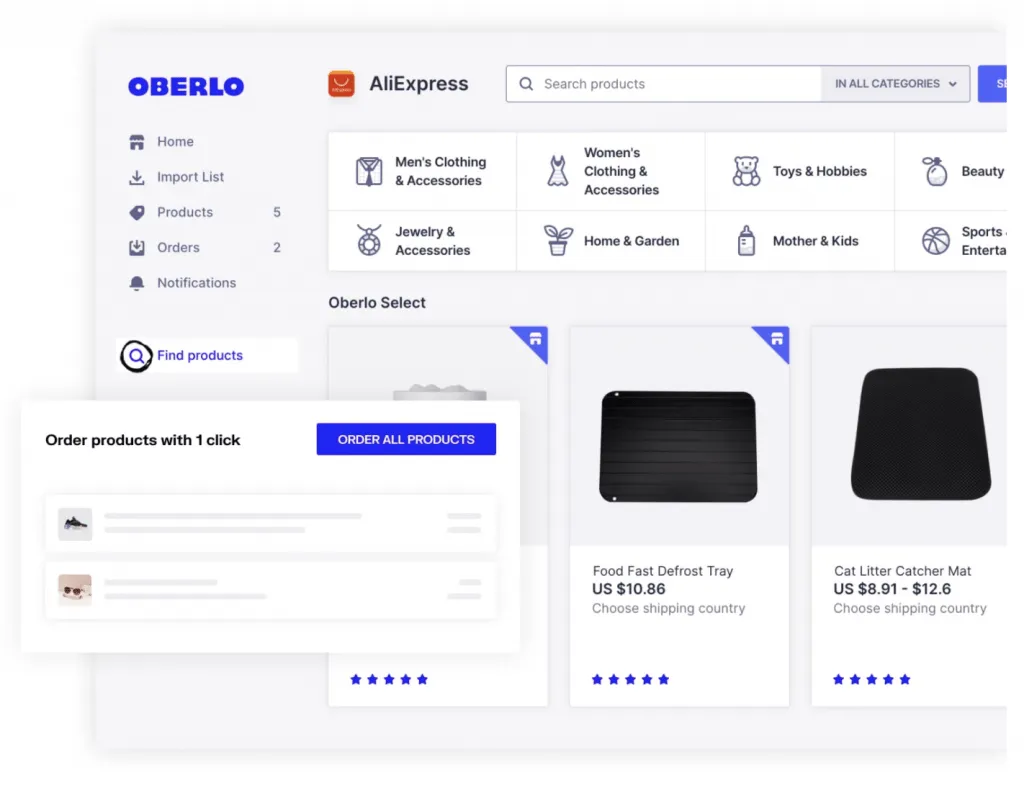
Here is a list of some of the third party apps they work with:
- Oberlo
- MXED
- Printify
- Shapeways
- Printful
- Creative Hub
This is a great point to start from, if you have no products to sell.
Some of these apps are free and others are paid.
Oberlo is the main app they promote so let’s start with that.

Oberlo gives you access to millions of products to import wholesale via AliExpress and sell.
Choose a product and click on import to add it to your store. Edit your product information and you are done.
Shopify also allows you to group certain product types together and set up collections.
You can curate collections yourself manually or go for the automatic collections.
Drive Traffic To Your Shopify Store
Now, that your online store is ready, you need to drive traffic to it.
There are various ways to generate traffic. We are going to focus on the best ways to get traffic to an ecommerce store.
PPC ads are a must when it comes to marketing for a Shopify store.
With SEO it will take months for your store to rank and to make sales you would need to find low competition keywords, buyers would search for.
Shopify comes with blog functionality. Use that. Just don’t rely solely on it to drive traffic to your store.
Also, note that each store is different so trial the different marketing approaches and select the ones that get you the best results.
Let’s have a look at the different marketing strategies to generate traffic for your store.
PPC Ads
Google shopping ads are the best place to start as images ads have the best results.
Displaying actual images of your products is really effective.
Your PPC ads should direct the buyer to a landing page.
For example, if a buyer searches for a particular bag type like a backpack or briefcase and clicks on your ad, direct them to a landing page and not your generic store page.
Social Media Ads
Social media ads, Facebook, Instagram, Pinterest ads for example, work a little differently from PPC ads.
People using Google to search for a product, they are looking to buy it right away.
On the other hand, people on social media aren’t necessarily looking to buy.
You need to keep this difference in mind when you create social media ads.
Try to put yourself in the shoes of the potential buyer and use psychographic and demographic data in combination. This way you will understand better who comprises your audience and what they really want.
You can also use social media ads to build your email list. Such users might not be ready to buy yet but you can nurture them in your email list until they are ready to buy.
Influencer Marketing
On Instagram and YouTube, the influencers with the most engagement from their followers are microinfluencers.
You can get them to mention your store for free or for a fee and get traffic to your site.
Essentially, you are getting word of mouth referrals so these potential buyers trust you.
You can penetrate new audiences and build brand awareness.
Also, on the plus side, you will establish connections you can form long term relationships with.
Content Marketing
You can write articles on your Shopify blog, film YouTube videos or even start a podcast and do guest posting on industry blogs.
This way buyers can find you organically when using Google search.
You will attract traffic at a much slower pace as it takes times to rank on Google but it is worth it as it is important to create valuable content for your customers at every stage of their buying journey.
When creating such content, keep in mind that buyer aren’t looking for content simply listing product features.
What they are looking for instead, is an explanation of what their problem is and a solution.
So, find out where your audience hangs out online and post relevant to them content in these social media channels. It could be Facebook, Instagram, YouTube, Pinterest, Reddit and so on.
Shopify Third Party Integrations
One of the merits of Shopify is that it integrates with third party apps to enhance its functionality.
They have both free and paid integrations and can be found in the App tab.
The Apps tab is located in the sidebar. If you click on it, you will directed to the Shopify App Store where you can find apps ranging from dropshipping to marketing automation.
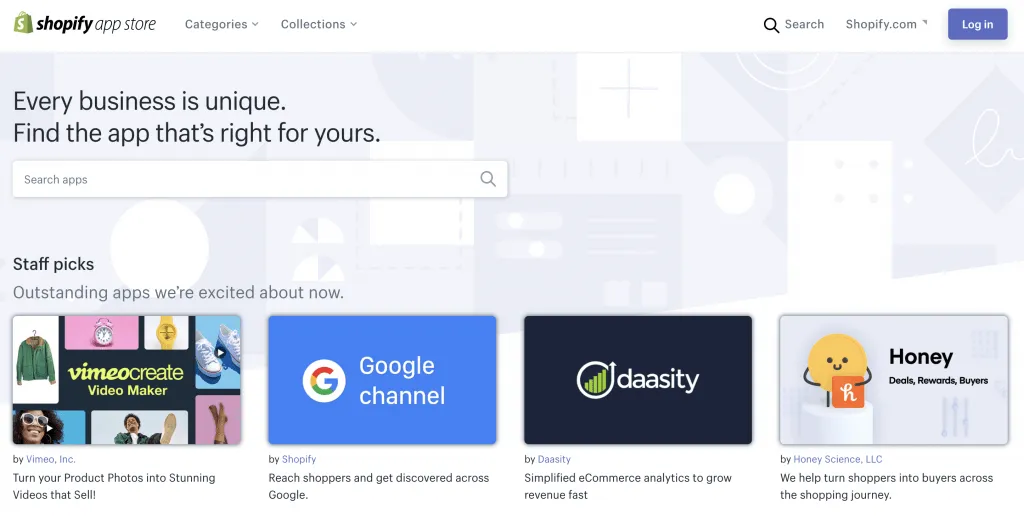
Here is a list of the main app categories:
- SEO
- Inventory management
- Fulfillment
- Email marketing
- Customer support
In the sidebar, next yo Sales Channels, you will see a plus icon. This is where you can add new channels such as Instagram, Facebook Shop, eBay, Amazon and your “Buy Button” you can use to any of your sites.
Note that a number of these sales channels involve an additional fee.
Shopify Pricing Plans
You can start by getting on the free plan to familiarize yourself with the platform but at some point, you will need to get on a paid plan.
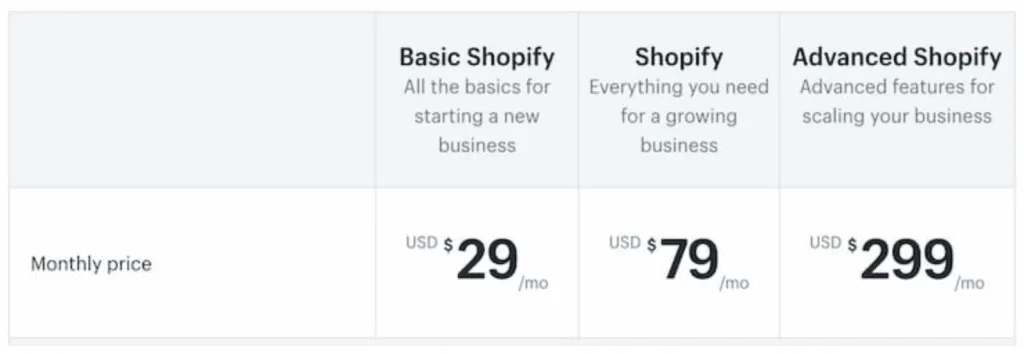
While there are only three main pricing plans showcased on the Shopify website, there are actually five plans available:
- Shopify Lite $9/month
- Basic Shopify $29/month
- Shopify $79/month
- Advanced Shopify $299/month
- Shopify Plus $custom price
You can get on any of these plans for free for 14 days!
Shopify Lite
You won’t find Shopify Lite under the main pricing plans.
The reason is that you don’t get the full ecommerce store functionality.
Shopify Lite, at $9/month, only gives you access to a buy button you can embed on your site or social channels.
If you already run a blog or have a Facebook page, this plan might be the right one for you.
Basic Shopify
Basic Shopify, at $29/month, could be the plan of your choice, if you are looking for a fully hosted ecommerce store solution.
If you can sell your products or services at a reasonable price, you will make back this monthly fee quickly.
It comes with all the features we have discussed above.
What it doesn’t come with is gift cards and professional reporting.
You get only two staff accounts.
Shopify
Shopify is the regular plan and comes at $79/month.
Apart from the regular features of the Basic plan, you also get gift cards, 5 staff accounts, professional reporting, higher shipping discount rate, enhanced Point of Sale features and lower non-Shopify payments providers fees.
Advanced Shopify
Advanced Shopify is the most expensive plan coming at $299/month.
You get significant discounts in shipping and payment processing fees per unit sold so if you are selling high volumes, you could benefit from this.
Reporting is more advanced and customizable.
You also get real time carrier shipping.
Shopify Plus
Shopify Plus is not a standard plan.
It is an enterprise solution that is scalable.
As a result, you receive a custom quote. Expect to pay thousands of dollars for it.
It comes with 24/7 dedicated customer support.
This option is more suitable to large companies.
What Next?
Hope you enjoyed this how to make money on Shopify article and it has given you a starting point for your Shopify online store.
You can build a thriving online business with Shopify.
Pick a business model, select your products, establish your brand, customize your store’s theme and drive traffic to it.
On the marketing front, remember that things change constantly. What works for your today might not work tomorrow. However, new opportunities always arise.
Keep learning and evolving and you will succeed.
Ready to take the next step and build your Shopify store? Get free access for 14 days now!
| Image | Online Money Making Way | Level | Learn More |
|---|---|---|---|
 | Beginner | Learn More | |
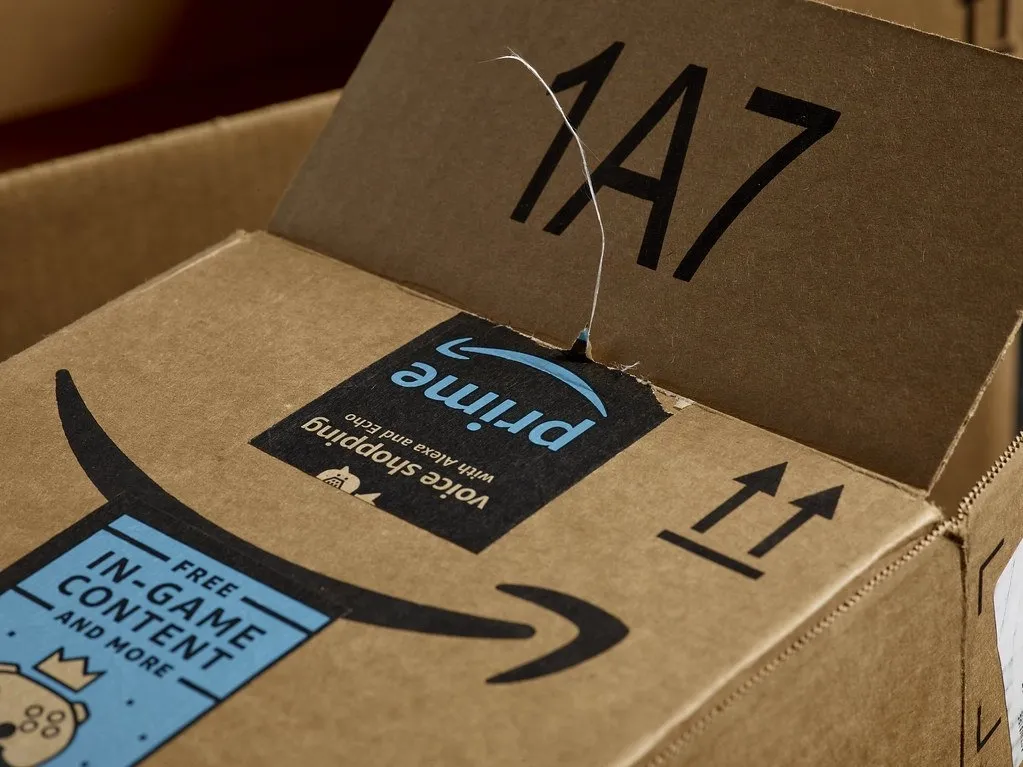 | Beginner | Learn More | |
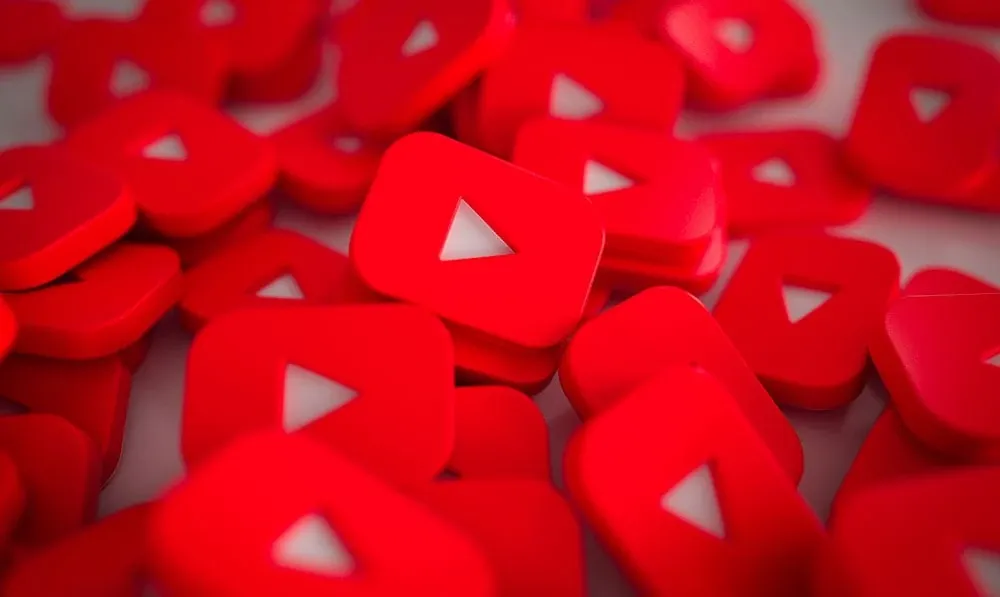 | Beginner | Learn More | |
 | Beginner | Learn More | |
 | Beginner | Learn More | |
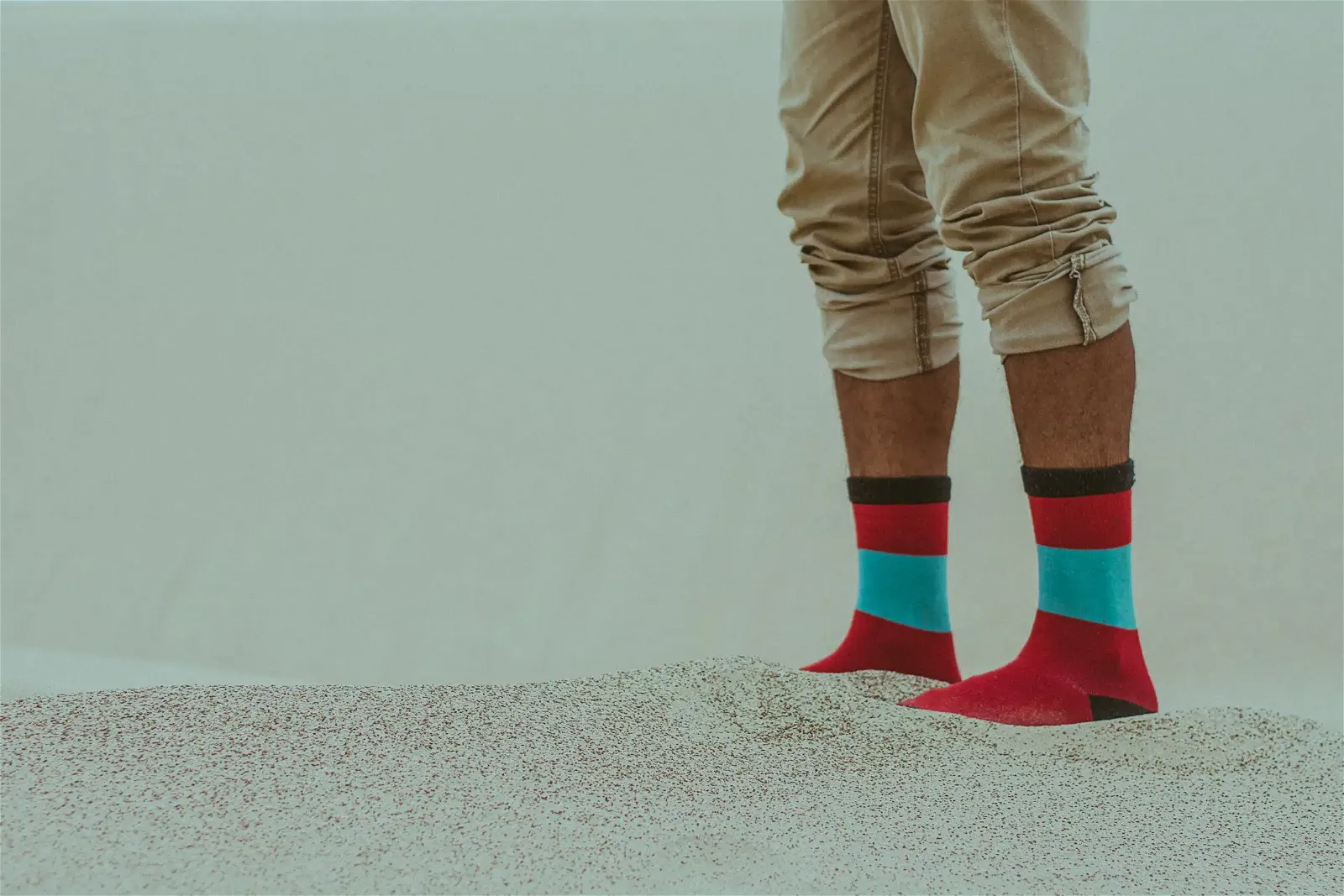 | Beginner | Learn More | |
 | Beginner | Learn More | |
 | Beginner | Learn More | |
 | Beginner | Learn More | |
 | Beginner | Learn More | |
 | Beginner | Learn More | |
 | Beginner | Learn More | |
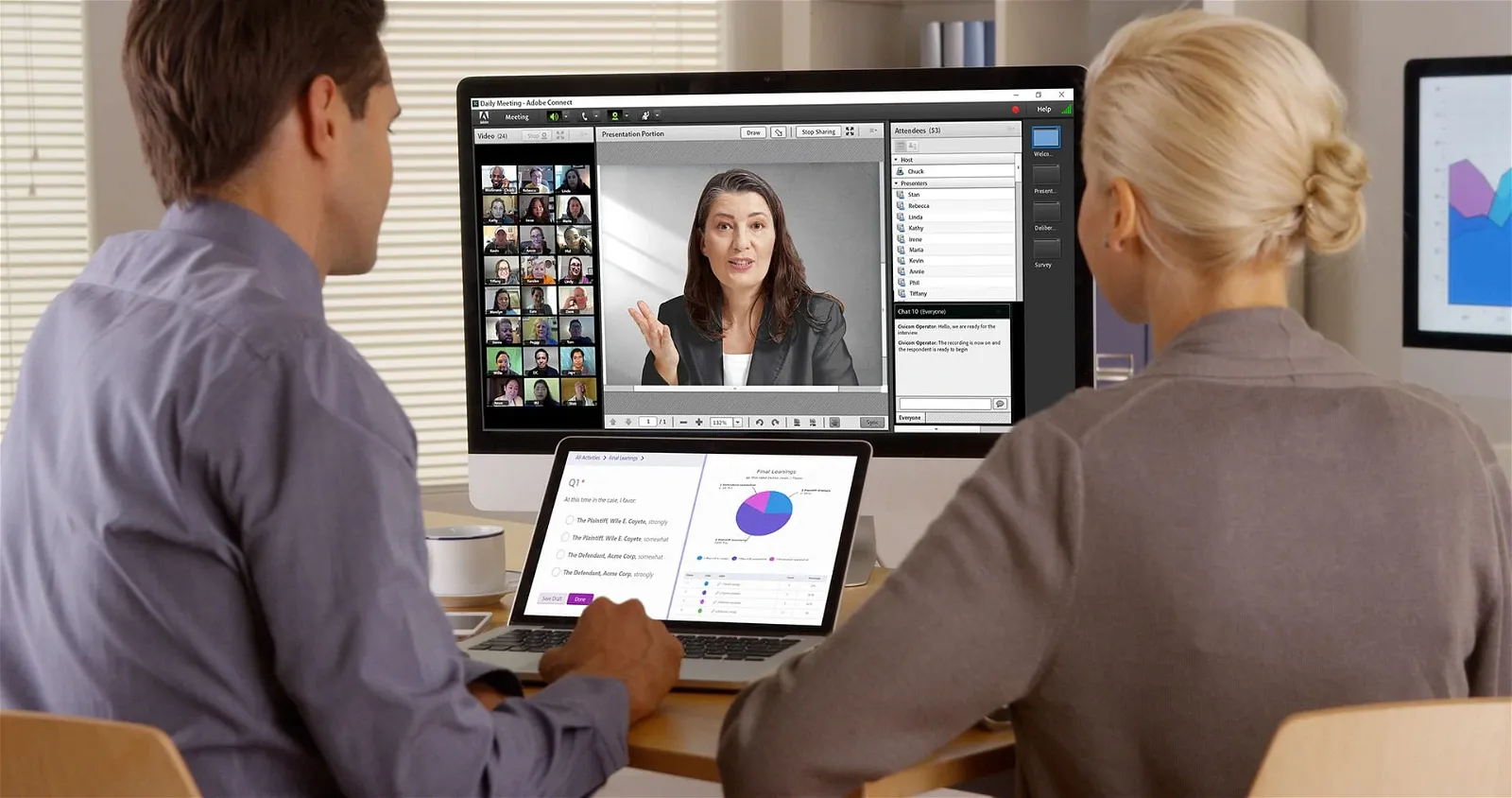 | Beginner | Learn More | |
 | Beginner | Learn More | |
 | Beginner | Learn More | |
 | Beginner | Learn More | |
 | Beginner | Learn More | |
 | Beginner | Learn More | |
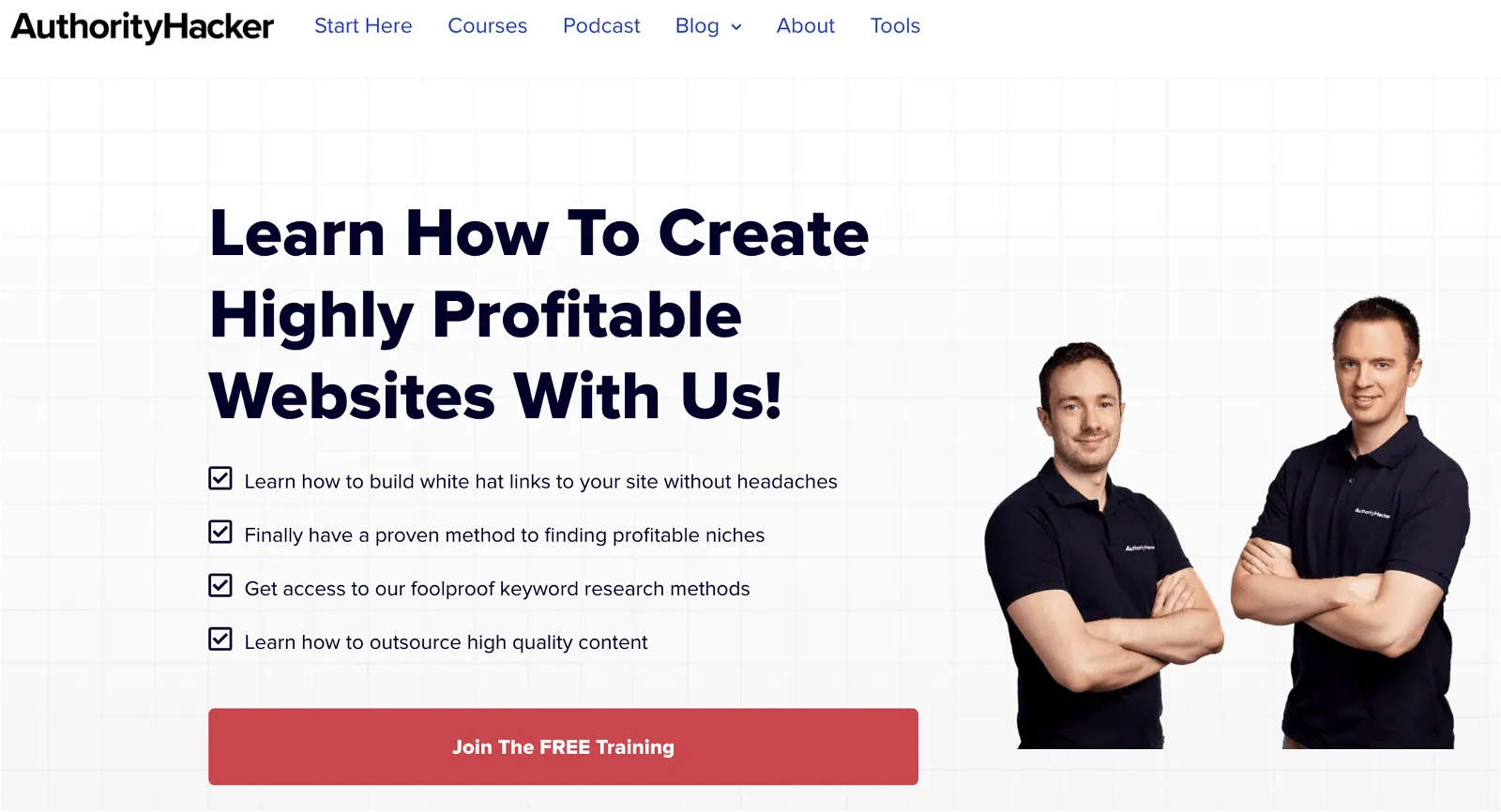 | Beginner | Learn More | |
 | Beginner | Learn More | |
 | Beginner | Learn More | |
 | Beginner | Learn More | |
 | Beginner | Learn More | |
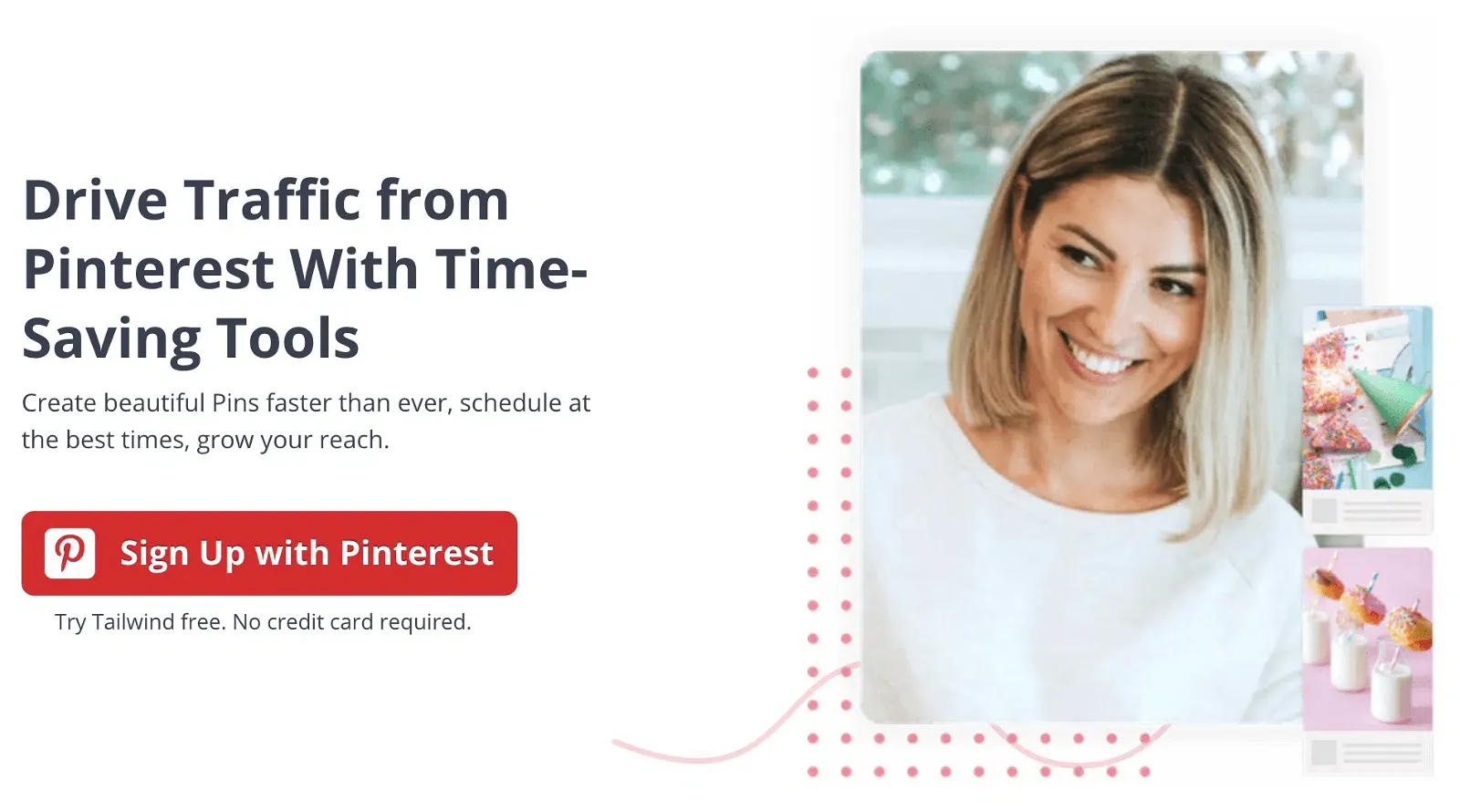 | Beginner | Learn More | |
 | Intermediate | Learn More | |
 | Intermediate | Learn More | |
 | Intermediate | Learn More | |
 | Advanced | Learn More | |
 | Advanced | Learn More | |
 | Advanced | Learn More | |
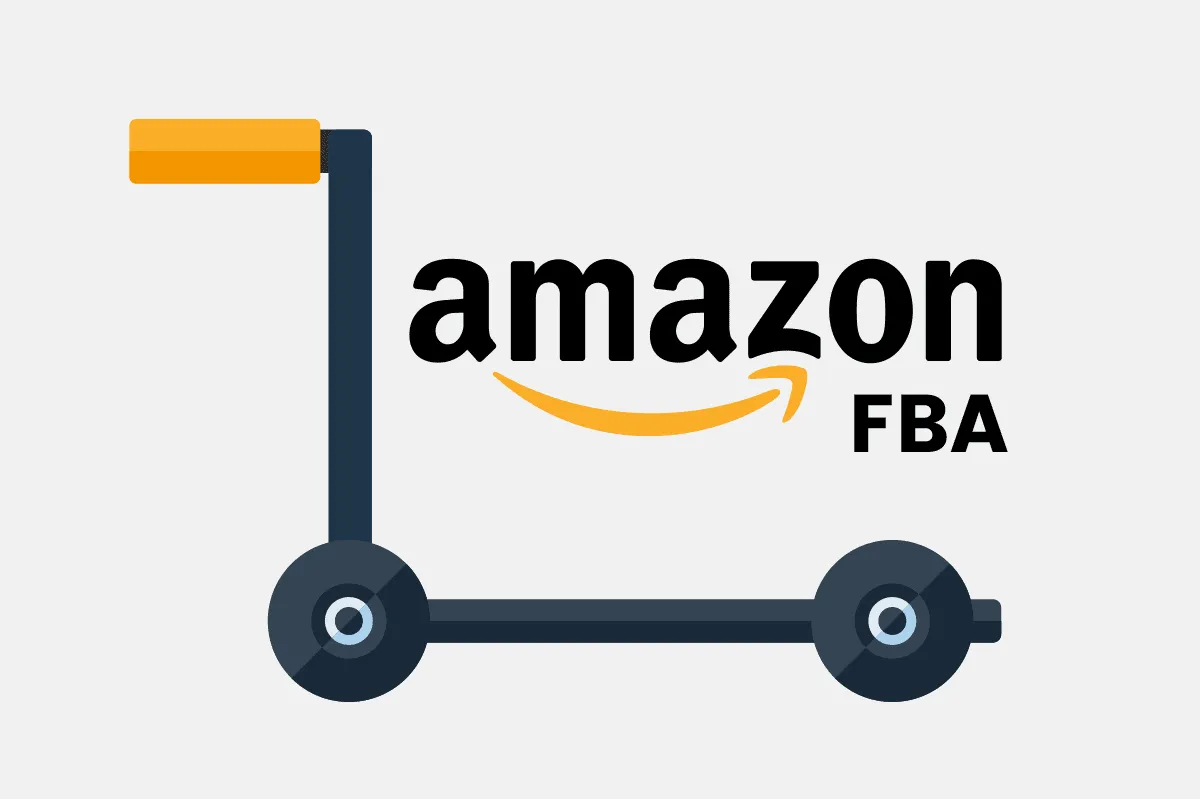 | Advanced | Learn More | |
 | Advanced | Learn More | |
 | Advanced | Learn More | |
 | Advanced | Learn More | |
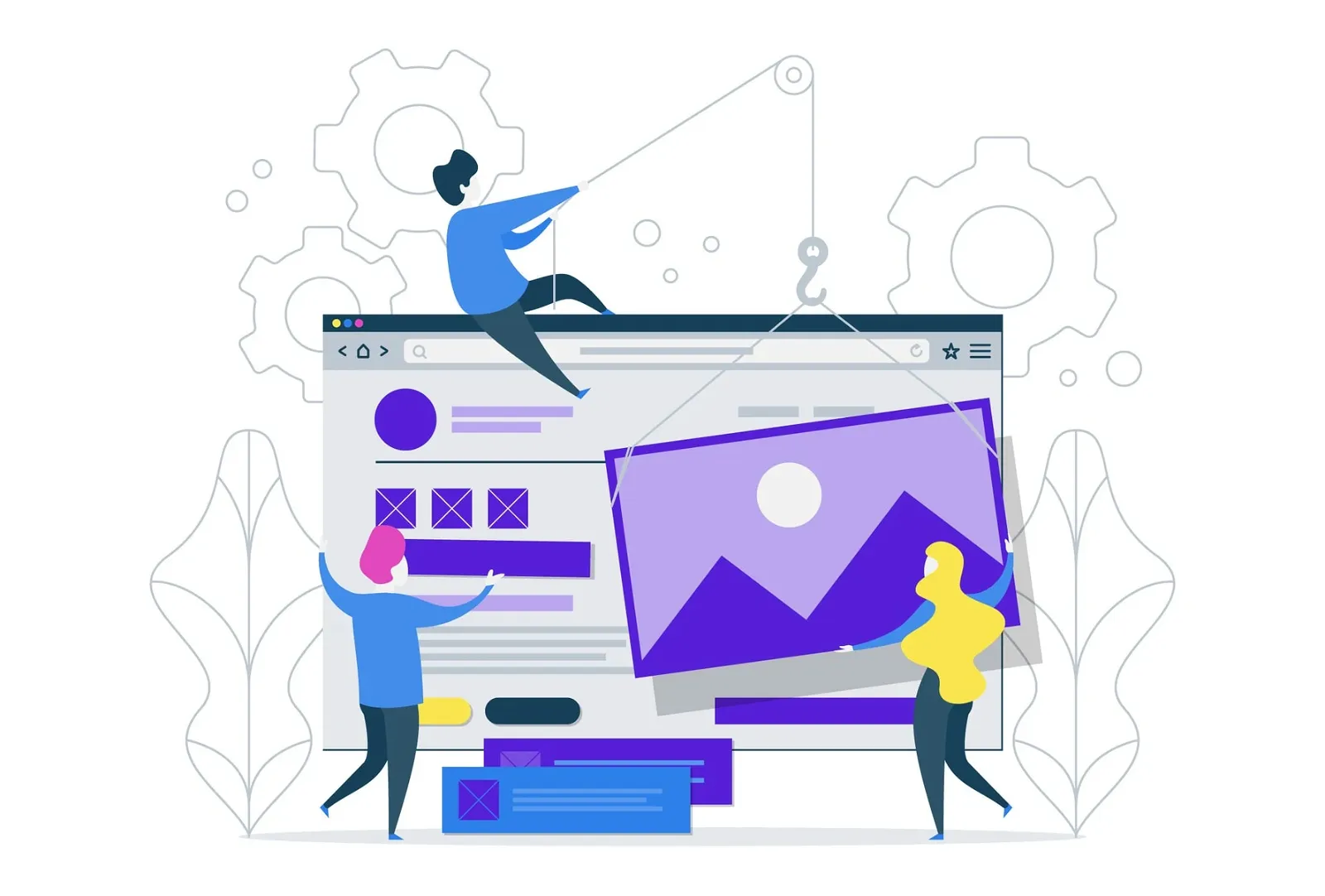 | Advanced | Learn More | |
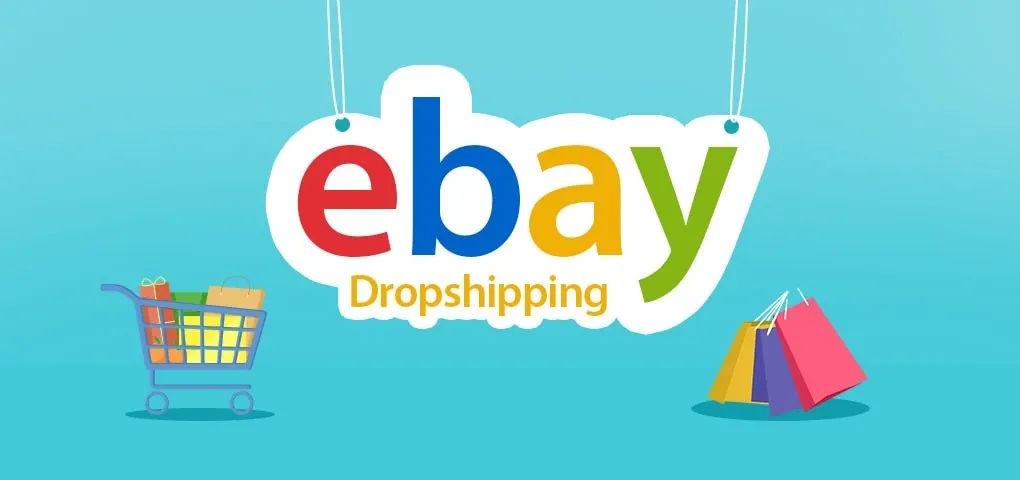 | Advanced | Learn More | |
 | Advanced | Learn More | |
 | Advanced | Learn More |
Learn More About How To Make Money Online
How To Make Money Online Step By Step
How To Make Money Online With GetPaidTo

